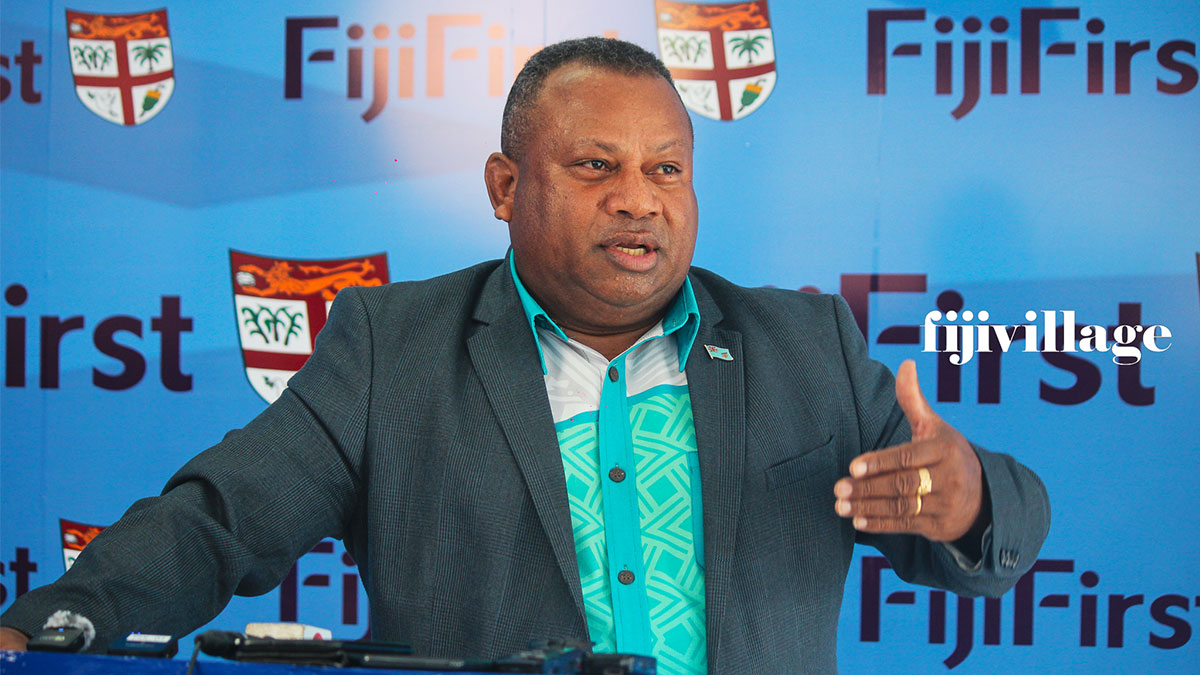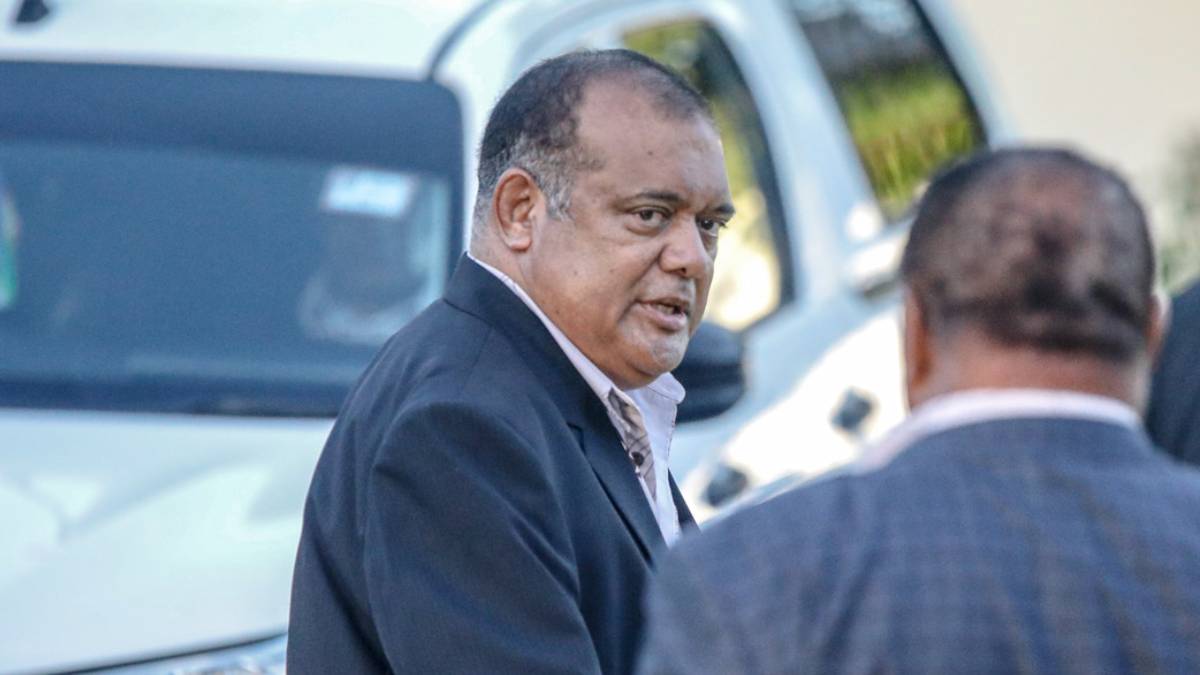
Leader of the Opposition, Inia Seruiratu says a lot of comments have been stated recently by the government on the state of the ageing infrastructure but it is the responsibility of the current government to continue the work that was done by the FijiFirst, the completion and implementation of major infrastructure plans and policies such as the Water Strategy 2050 and the major road upgrades by the Fiji Roads Authority as outlined in the National Development Plan.
In a statement, Seruiratu says our ageing infrastructure is a fact that no government can deny, but to accept, and most importantly, act on it.
He says any responsible government will do just that because not only does it serve the needs of the people, but it also creates the environment for growth and investment.
Seruiratu says a modern state economy is very much dependent on the state and quality of its infrastructure.
The Leader of the Opposition says the FijiFirst Government was confronted with the same challenges and took some decisive actions to address them.
He says the actions taken mainly focused on institutional changes, project identification and prioritization, resource sourcing and allocation, and capacity and capability development.
Seruiratu says the two main institutions created after a detailed audit of the roads and water infrastructure were FRA and WAF, respectively.
He says huge budgetary allocations were given annually to both FRA and WAF in recent years to fix not all, but the priorities already identified.
He explains roads were upgraded, new ones constructed, bridges and jetties were built, and the same goes for water related projects such as the Rewa River Water Scheme or the Viria Project.
Seruiratu says additionally, these included the construction of 52 new bridges, 4 lane highways from Suva to Nausori and Nadi Airport to Martintar, the Hibiscus highway, Nabouwalu to Dreketi, Sawani to Serea, under-the-sea water projects to Moturiki, Malake and Galoa, numerous water projects in rural areas across Fiji and many more such projects.
He says along the way, there has been upgrading of old infrastructure while, at the same time keeping up with the pressure to meet the needs of new customers, especially with the explosion of the population into urban areas, especially the Greater Suva Nausori corridor.
He adds a lot of these were brought about by those who left the cane belt areas after not having their cane leases renewed.
Stay tuned for the latest news on our radio stations

